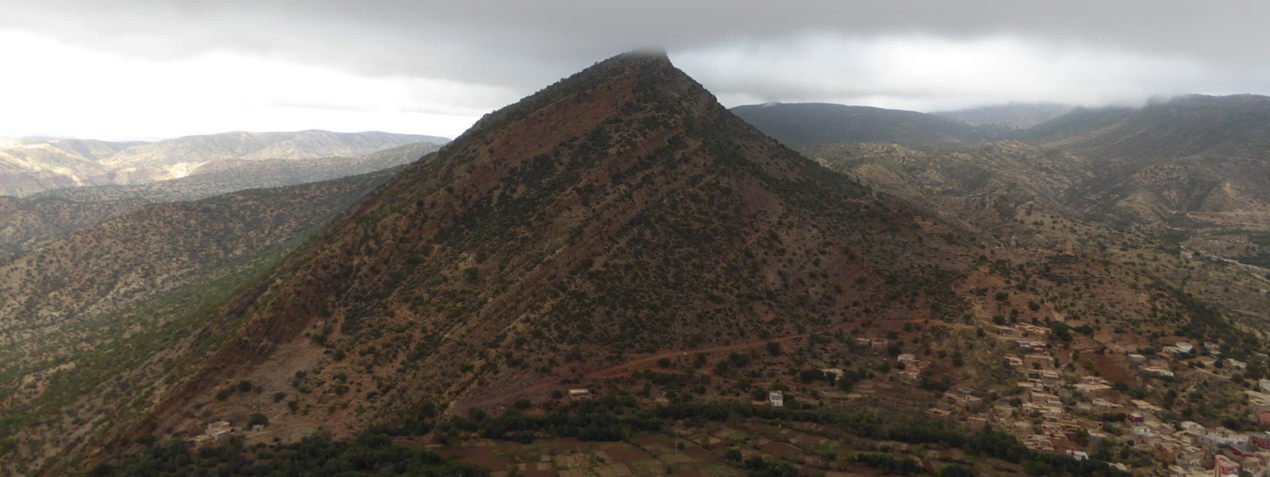Geology
of the
Moroccan High Atlas and Atlantic Margin
WEBINAR
by Professor Jonathan Redfern, University of Manchester.
10th November 2022, 16:00-17:00 GMT
Jurassic (Oxfordian) reef, Essouira-Agadir Basin
ABSTRACT
Morocco is a spectacular country to visit, not only to experience the culture and landscape, but in particular the geology. The climate in many areas is arid, with resulting limited vegetation cover, which together with some major mountain ranges like the High Atlas, offers great access to exposures. The North Africa Research Group has been undertaking research in Morocco for over 20 years. On this short virtual tour we will take a brief look at some of the key outcrops studied, and how the onshore geology informs our understanding of the subsurface, for energy and future carbon sequestration We begin by leave the bustling markets of Marrakech and head up into the High Atlas, at an altitude of over 2000m. Here we can look at evidence for the major mountain building episode in the Carboniferous, marked by the Hercynian orogeny, followed unconformably by deposition of the Permian and Triassic red beds. We will take a close look at thick deposits of fluvial sandstones, conglomerates and mudstones that record major rivers flowing through interior rift basins. Research has improved characterisation of the reservoir properties and understanding of the depositional environment and source of the sediments. Then we will move some 100 miles to the west into the Argana Basin, where we can traverse from the Triassic rift deposits into the Early Jurassic basalts (Central Atlantic Magmatic Province - CAMP) that mark the final continental breakup of Pangea and opening of the Atlantic. The Jurassic consist of a thick section of carbonates, mudstone with minor sandstones, with development of extensive carbonate platforms and reefal buildups, rich in fauna. These units offshore have been targets for oil and gas exploration. Finally, we will head to the modern coast near Agadir, too look at the Cretaceous sediments and discuss new work we have just completed using ammonites and other fauna to better define the stratigraphy and understand the depositional evolution.
Triassic Fluvial Sandstones - High Atlas, Oukamaiden Basin
BIOGRAPHY
Jonathan Redfern has over 35 years’ experience in industry and academia. He is Director of the North Africa Research Group at the University of Manchester (www.narg.org.uk), where he leads a large team of PhDs, Postdoc and Researchers who have been undertaking fieldwork / studies across North Africa for over 20 years, sponsored by leading energy companies. Jonathan obtained his BSc from Chelsea College, London University and a PhD from Bristol University. He began his career in the oil industry, working as a geologist in the North Sea for Fina UK, then internationally with Petrofina and Amerada Hess for 15 years. He later moved to academia to develop geoscience research and teaching programmes. His research interests include regional geology and basin analysis, fluvial and glacial sedimentology.



